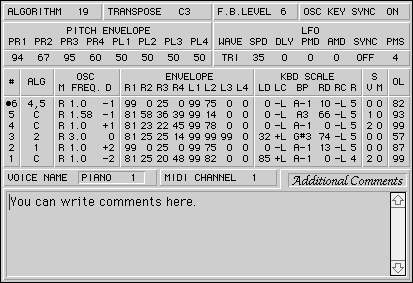


Producers would try to squeeze every drop out of them, to layer down vocals and get them to sound thick and rich.Įffects were used in new ways, reverbs, reverse reverbs, time delays, psychoacoustics, the haas effect, etc. Vocalists would have to sing take after take, until they could sing no more. Vocal layering (and also guitar layering) were also a big thing at the time. Techniques like stacking, slowing down tape speed and using kick and snare samples were used, plus many other radical ideas. Producers of these times spent countless hours on tweaking drum sounds, trying to make them sound as big and beefy as possible, without losing their crispness and without adding mud. Make it sound huge, crispy and clean with a lot of energy pouring out of it.

Instead of trying to capture the natural sound of a band playing live off the floor, the goal was to take the natural sound and add to it. Producers were after new sounds and as already mentioned, Mutt Lange was leading the way. Producers were into trying a lot of new recording techniques by 1983, they were not concerned on using traditional recording methods anymore.

Listen to albums from 1983 ("Pyromania" for example) and you can hear the change in recorded sound. The big shift in recording techniques started a little earlier than 1985 - 1986. By reissuing back catalogues with the promise of perfect sound for ever, they could persuade fans to shell out all over again for albums they already owned. It didn't take long for the record companies to realise the CD wasn't just a means to sell new music at a higher price than before. Brothers in Arms, with its clean, precise production, was the perfect advert for CD – it was also the first album to be recorded entirely digitally – and it became the default demonstration disc used by shops to persuade customers to spring for a CD player. Yet their fifth album, Brothers in Arms – musically rather poppier than usual, but hardly cutting edge – was the one that introduced the public to the compact disc, and consequently became the first album to sell 1m copies in the new format, helped by another innovation: the cutting-edge animation employed in the video for the album's big hit single, Money For Nothing.Ĭompact disc players had been available since 1982, but their uptake had been limited mainly to classical music fans, with rock labels slow to recognise the potential of the longer playing time and superior audio quality. Given that Dire Straits had made their name by offering a smartly dressed hybrid of jazz and blues right in the middle of the new wave era, they weren't the band you'd expect to be in the vanguard of new technology a few years later. Interesting fact germane to this conversation:


 0 kommentar(er)
0 kommentar(er)
